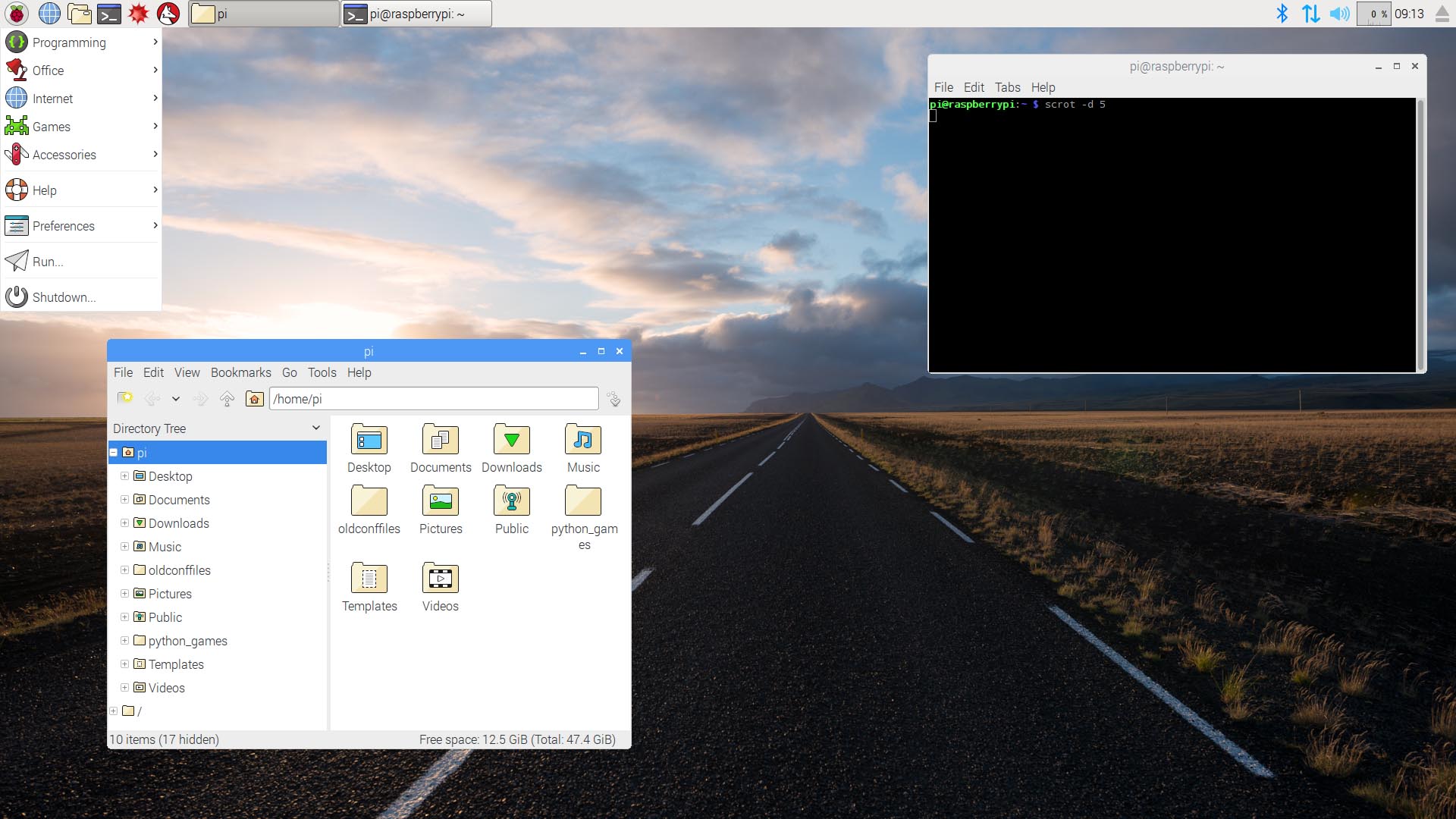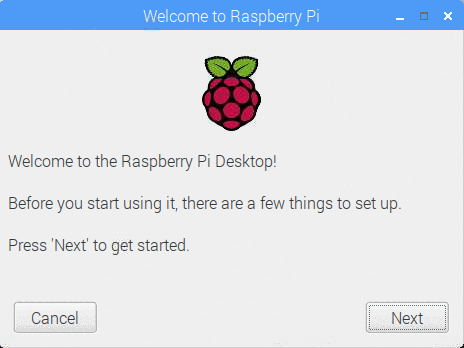
- HOW TO INSTALL RETROPIE IN RASBIAN JESSIE HOW TO
- HOW TO INSTALL RETROPIE IN RASBIAN JESSIE INSTALL
- HOW TO INSTALL RETROPIE IN RASBIAN JESSIE UPGRADE
All these warnings are related to updating from jessie to stretch (which Raspberry Pi team themselves warn about since basically the initial the release of raspbian stretch). Ive upgraded from 4.3 to 4.4 just fine (using RetroPie-Setup) without upgrading from jessie to stretch. You can set a default OS and a specified length of time to wait for a selection. I see theres a bit of confusion around here. It would detect all the OS you have in the different partitions and give you a selection menu every time you turn the Pi on for which OS to boot.
HOW TO INSTALL RETROPIE IN RASBIAN JESSIE INSTALL
If you want the desktop, you can install it manually or via RetroPie-Setup (Configuration / Tools -> Raspbian Tools). I have Retropie installed on my Raspberry pi 2 Model B but I want to be able to do other things than game, how do I get the latest version of raspbian whilst still having Retropie 14 comments.
HOW TO INSTALL RETROPIE IN RASBIAN JESSIE HOW TO
How to install raspbian on Retropie Question. So if you are running RetroPie you are already running Raspbian. How to install raspbian on Retropie Question. Fortunately, its very easy to rename your Raspberry Pi in Raspbian. RetroPie is not actually a distro, and the pre-made images are just RetroPie installed on top of Raspbian Lite.

HOW TO INSTALL RETROPIE IN RASBIAN JESSIE UPGRADE
The upgrade process takes some time and therefore requires some patience. 1 day ago &0183 &32 Prereq before starting: SD card created with raspbian Jessie 64bit. If you don’t want to wait long and want to benefit directly from new kernel and software versions, you can upgrade to Raspbian Stretch in a few easy steps. This guide will walk you through the process of cleanly upgrading from Raspbian Jessie to Raspbian Stretch. There isn’t as many breaking changes in this upgrade process when compared with the upgrading of Raspbian Wheezy to Jessie.

SD cards are both inexpensive and prone to failure. If you’re not familiar with this process, I have good news we’ve written an entire guide to installing Raspbian on your Raspberry Pi. Repeat the process you went through to install RetroPi, instead install Raspbian on a new SD card. We’ll be doing this entire project in the Raspbian operating system, so start by downloading the Raspbian disk image and writing it to a microSD card to use in your Raspberry Pi. Separate SD cards: this is always my recommendation.


 0 kommentar(er)
0 kommentar(er)
